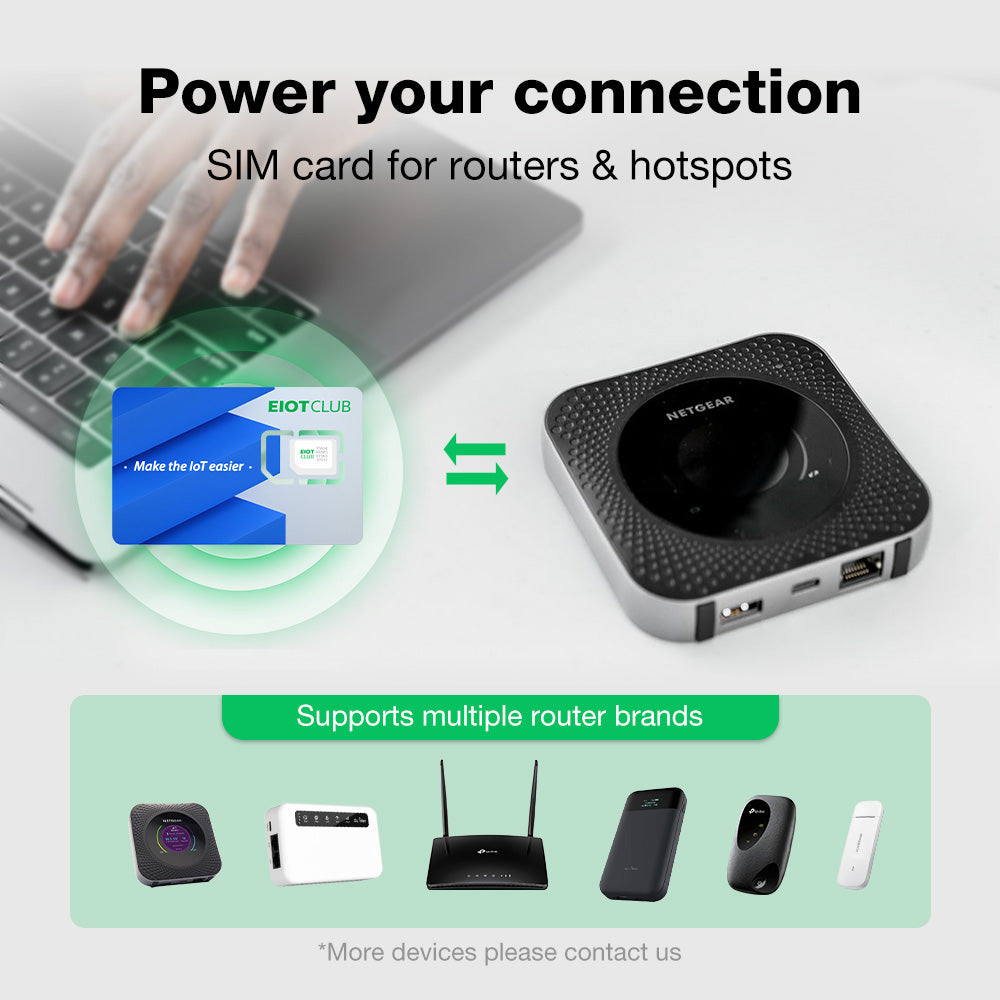Unlock the Secrets of SIM Cards: Discover Which One Powers Your Router!
In the age of mobile connectivity, understanding SIM cards is crucial, especially when it comes to powering your router. A SIM card, or Subscriber Identity Module, serves as the key that connects your router to the mobile network, enabling you to access the internet on the go. As we become increasingly reliant on mobile data for everything from streaming to remote work, knowing the ins and outs of SIM cards used in routers is more important than ever. In this article, we’ll explore the different types of SIM cards available, their features, and how to choose the right one for your needs, ensuring you stay connected no matter where life takes you.

Understanding SIM Cards
At their core, SIM cards are small chips that store information used to authenticate a user on a mobile network. They serve several critical functions, such as storing your phone number, enabling access to the network, and managing your mobile data plan. Unlike other types of cards, such as SD cards used for storage, SIM cards are specifically designed for communication. They communicate with your router to allow you to send and receive data over the mobile network. This technology relies on a secure element that ensures your information remains private and protected. Interestingly, I once helped a friend set up their home office with a mobile router; we realized that without the correct SIM card, their connectivity would have been severely limited. This experience highlighted just how essential SIM cards are in our digital lives, especially when traditional broadband is unavailable.
Types of SIM Cards Used in Routers
When it comes to SIM cards for routers, size matters. There are three primary types: standard SIM, micro SIM, and nano SIM. The standard SIM is the largest of the three, often found in older devices. As technology progressed, the micro SIM was introduced, slightly smaller and widely used in many smartphones and tablets. The nano SIM, the smallest of the trio, has become the norm for newer devices due to its compact size, allowing for sleeker designs. When choosing a SIM card for your router, it’s essential to know which size is compatible with your device. A friend of mine once faced the hassle of purchasing a new router only to find out that it required a nano SIM, while he had a micro SIM laying around. Knowing the correct type can save you from unnecessary purchases and frustration.
Embedded SIM (eSIM)
Embedded SIM technology, or eSIM, is a game-changer in the realm of mobile connectivity. Unlike traditional SIM cards, eSIMs are integrated directly into the router's hardware, eliminating the need for a physical card. This advancement offers several advantages, including the ability to switch carriers without needing to change the SIM card physically. eSIMs are particularly beneficial for travelers, as they can easily activate local data plans without the hassle of swapping out SIM cards. I remember a conversation with a tech-savvy friend who travels frequently; he praised eSIM technology for its convenience, allowing him to stay connected without the constant worry of carrying multiple SIM cards. The flexibility and ease of eSIMs are reshaping how we think about mobile data.
Features of SIM Cards for Routers
When selecting a SIM card for your router, several key features should be considered. Data speed is paramount; look for cards that offer high-speed data plans to ensure smooth browsing, streaming, and gaming. Compatibility with your router model is another critical factor, as not all routers support every type of SIM card. Roaming capabilities are also worth noting, especially if you travel frequently. Some SIM cards come with international roaming options that can help avoid hefty charges. A personal experience comes to mind when my friend found herself stuck in a foreign country with a router that didn’t support her existing SIM card’s roaming capability. After a bit of research, she switched to a more accommodating plan that saved her a lot of stress and expense. Always check these features before making a decision to ensure you get the best performance from your router.
Choosing the Right SIM Card for Your Router
Choosing the right SIM card for your router involves understanding your specific needs and how you plan to use your device. For travelers, a SIM card with strong international roaming support is essential. If you're a heavy data user who streams videos or plays online games, opt for a card that offers high data limits and speeds. Additionally, consider your router's specifications; some routers may only support certain types of SIM cards. A friend of mine, who is a digital nomad, had to switch to a different router after realizing that his original model didn't support the high-speed SIM card he needed for his work. He learned the hard way that researching compatibility is just as crucial as choosing the right data plan. By taking the time to evaluate your usage patterns and router requirements, you can ensure you make the best choice for seamless connectivity.
Making Informed Choices for Router Connectivity
In conclusion, understanding the different types of SIM cards and their features is essential for optimizing your router's performance. From standard SIMs to the innovative eSIM technology, each option has its advantages and considerations. By carefully assessing your needs, whether for travel or everyday use, you can select the right SIM card that keeps you connected without interruption. As we continue to rely more on mobile data, making informed decisions about your router's SIM card will ensure you stay ahead in this digital age. So take the time to explore your options, and enjoy seamless internet access wherever you go!







